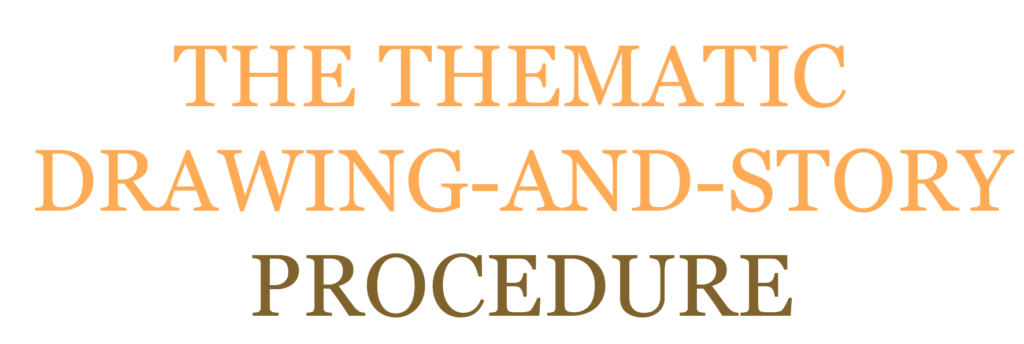DAVANÇO, D. T. L. Um estudo sobre o imaginário coletivo de homicidas acerca do matar [A study on the collective imagination of murderers on killing]. Master’s Dissertation – Universidade Estadual de Campinas, Campinas (SP), 2012.
Available on: http://repositorio.unicamp.br/bitstream/REPOSIP/309880/1/Davanco_DanielleTruffiLima_M.pdf
This paper is intended as a psychoanalytical investigation of the collective imagination of murderers on killing. In our understanding of the psychoanalytical method as an investigative method for the Humanities, and with an intersubjective paradigm as the starting point, we conducted six personal interviews for an approach to the collective personality of people who commit murder – defendants who admitted to have committed murder and are undergoing reeducation at the Resocialization Center of Mogi Mirim, SP – regarding the act of killing, [and] we resorted to a dialogic mediation known as Thematic Drawing-and-Story Procedure, developed by Aiello-Vaisberg. The interviews were conducted inside the prison facility itself through invitations extended to those undergoing participants, preceded by research of criminal records in order to locate those who were serving sentences for the aforementioned crime. With the interviews as a starting point, transferential narratives on clinical events were carefully prepared; the material, considered psychoanalytically under the light of Herrmann’s Field Theory and an interlocution with Winnicottian thought, was considered in order to capture the affective-emotional sense fields that organize the Collective Imaginary subject to study. This overview allowed imaginative conceptions to be organized while emerging from three affective-emotional sense fields: “fateful event”; “one’s own world” and “human dramatics,” which is organized around the belief that human living, a very complex phenomenon, encompasses both destructive and violent deeds and constructive and kind deeds, and such deeds are capable of being done by every human being. We concluded that, based on this study, three motives could be supporting the Collective Imaginary for the conduct of the interviewed murderers.
Keywords:

